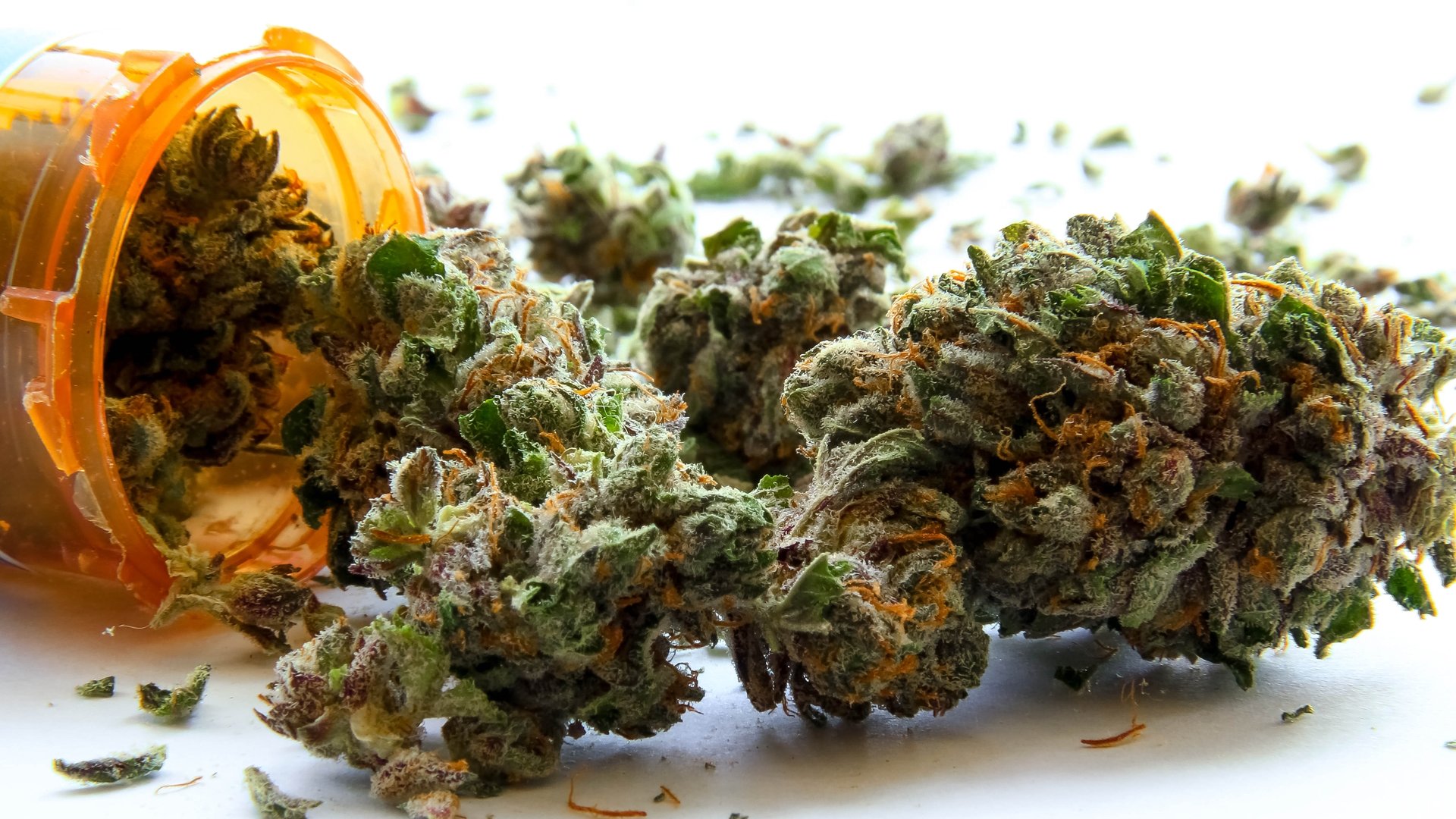Marijuana: Primary Hallucinogen

For many decades marijuana has been the most widely used illicit drug in the United States. A derivative of the Indian hemp plant, it contains hundreds of chemical components. However, the “appeal” of the drug comes from the levels of THC contained in the plant’s leaves and stems. THC (Tetrahydrocannabinol) is the major psychoactive component and one of the 113 cannabinoids recognized in cannabis. These vary in the plants from very small trace amounts to as much as 5% in agriculturally developed products intended for smokers. Special refinements can increase THC to nearly 50% in some hash oils.
THC is not the simple drug many people claim it to be. Cannabis and its stronger variety, sinsemilla, are sources for hashish, “black tar,” and hash oil. Hashish is an ancient hallucinogenic, and as with all THC-based drugs, it can induce severe paranoia and intense anxiety. Research on nearly all marijuana and its derivatives has been extensive in the past twenty years. Conclusions indicate THC can disrupt or reduce short-term memory, adversely affect the ability to concentrate, and cause disorientation in such tasks as operating a vehicle.
Marijuana consumption has long been considered the first indicator for later substance abuse. Psychological dependencies on marijuana have been documented as well. Alterations in the brain of long-term users have been compared similarly to those encountered in persons abusing other, more addictive substances.
Frequently used in conjunction with alcohol and other drugs, marijuana can induce added stress on the physical health of the user. Heart rate and blood pressure have been detected at much higher levels when marijuana is added to other drugs. The consequence is a greater effect on the cardiovascular system and a longer time needed to return to normal levels. When smoked marijuana is unfiltered, lung damage can be comparable to that experienced by cigarette smokers. The amount of tar inhaled by marijuana smokers is four to five times greater than that found with cigarette use.
Some additional facts about marijuana:
Assigning nicknames to marijuana is almost a hobby and some still in common use may be traced back for generations. A recent survey listed more than 200 names with more added regularly.
Marijuana is incorporated into countless end products. These may include food items, customized cigars, or combined with other drugs such as cocaine and other inhalants.
Use of marijuana usually peaks during the teen years and as a result is often termed an “entry-level” drug that paves the way to more addictive substances.
Researchers are exploring the possibility that long-term usage affects the brain and can establish a pattern for later addictions.
Marijuana’s intoxicating effects usually fade after about three hours. However, THC can be detected in the bloodstream for days or weeks after heavy use.
Some of the drug’s most harmful effects are traceable to its impact on alertness, coordination, and reaction time. This presents a problem when marijuana users drive motor vehicles.
